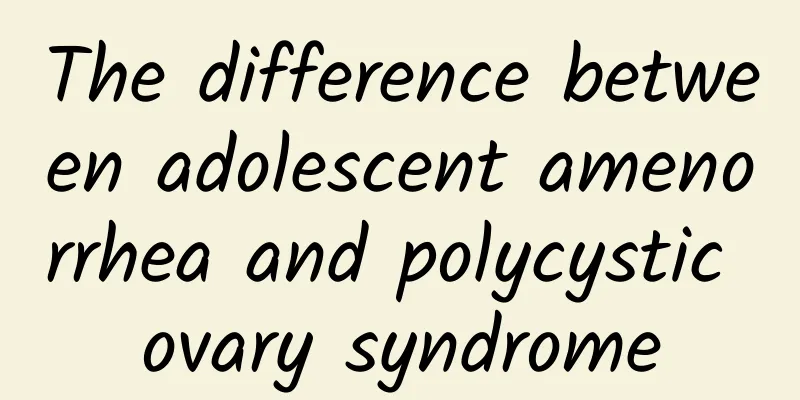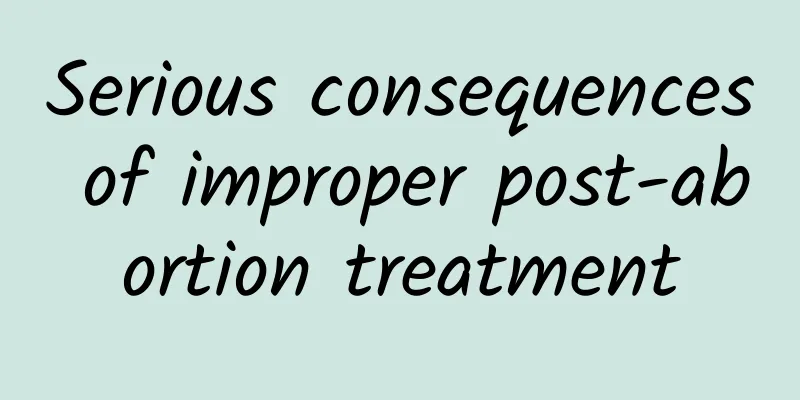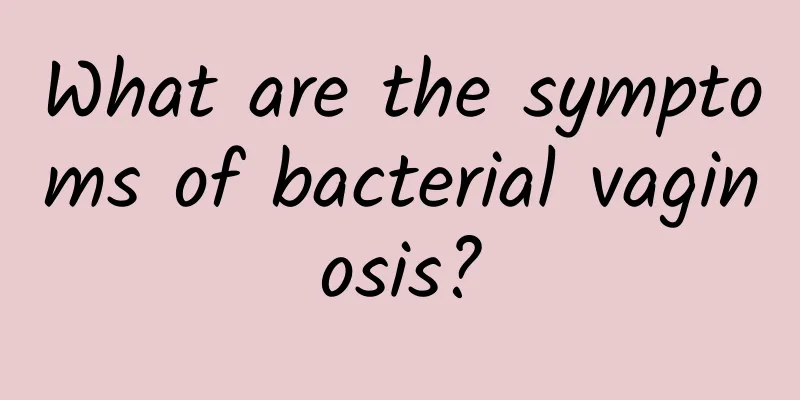The difference between adolescent amenorrhea and polycystic ovary syndrome

|
Polycystic ovary syndrome (PCOS) is a common menstrual disease that occurs during adolescence and childbearing age. According to the 5%-10% prevalence reported abroad, nearly 50 million women in my country will suffer from the disease. Some scholars believe that PCOS is an endocrine disease with metabolic disorders. After menarche in adolescence, due to imperfect feedback regulation of the hypothalamus-pituitary-ovarian axis, oligomenorrhea, amenorrhea, and irregular menstruation often occur, which are often confused with PCOS in adolescence and misdiagnosed as physiological phenomena. Therefore, those who have natural menstruation within 1-3 years of age are physiological phenomena. If the disorder persists, you should be alert to the occurrence of PCOS. So, how to distinguish between puberty physiological phenomena and puberty polycystic ovary syndrome? (1) Differences in androgen secretion: During normal puberty, adrenal function appears, adrenal enzyme activity increases, and adrenal androgen secretion increases. In PCOS patients, adrenal function becomes overactive and premature, which causes adrenal enzyme hyperactivation and abnormally increased androgen synthesis, leading to hyperandrogenism. (2) Changes in ovarian morphology: During puberty, multiple follicles can be seen on the ovaries under B-ultrasound, which is very similar to puberty PCOS. Some people believe that the ovaries of PCOS patients are enlarged and the ovarian stroma echo is enhanced, but it is difficult to distinguish between the two. Therefore, simple ovarian polycystic changes without clinical symptoms cannot be diagnosed. With age, physiological polycystic changes can disappear naturally. However, PCOS will have persistent polycystic changes. (3) Insulin resistance and compensatory hyperinsulinemia: Starting from puberty, insulin plays an important role in promoting growth under the synergistic effect of growth hormone (GH) and insulin-like factor (IGF-1). Usually, in an oral glucose tolerance test (OGTT), insulin can reach about three times that before puberty. However, PCOS patients have decreased sensitivity to insulin, insulin resistance, and metabolic hyperinsulinemia. |
<<: Amenorrhea and lactation syndrome and its symptoms
>>: Clinical manifestations of chronic and acute adnexitis
Recommend
Prevention and treatment of diseases in menopausal women
Women enter menopause (menopausal food) after the...
What are the effects of acute pelvic inflammatory disease?
What are the effects of acute pelvic inflammatory...
How to break through the weight loss plateau? Master these five key points to lose weight (Part 2)
People often ask nutritionists, "I haven'...
What is the diagnosis of pelvic inflammatory disease?
Pelvic inflammatory disease is a gynecological di...
Uterine fibroids may usher in an era of non-invasive treatment
Uterine fibroids are the most common benign tumor...
Symptoms of pelvic inflammatory disease must be specifically recognized
As the disease progresses, understanding the symp...
What to eat to nourish the body after 4 months of miscarriage
After miscarriage, the focus should be on balance...
Explore the detailed causes of ovarian cysts
Ovarian cyst is a very common disease among women...
To effectively prevent vaginitis, fairies should do these things well
It is not easy to be a healthy and beautiful fair...
Healthy diet tips for patients with Bartholinitis
What should patients with Bartholinitis pay atten...
Uterine fibroids 6 cm, no symptoms, do I need surgery?
If the uterine fibroid is 6 cm and there are no s...
Don't be afraid of pear-shaped body, pelvic exercises can eliminate excess fat
Summer is the season for women, but for women wit...
Can I eat mangoes after having an abortion? Eat at room temperature
Many people say that women after childbirth shoul...
How does ectopic pregnancy occur?
The formation of ectopic pregnancy may be related...
How to treat pelvic effusion more effectively
How to treat pelvic effusion more effectively? 1....









